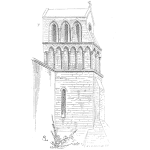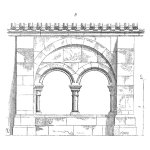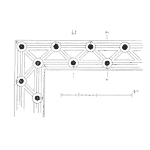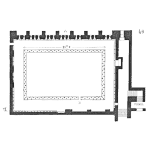
The Board of Adjustment was having a hard time making a decision. The property owner’s new woodworking shop extends six feet into the required side-lot setback. Even worse, it blocks the scenic view of the neighbor, who paid a premium for the lot.
“So, whose fault is it that the building was built in the wrong place,” asked the board chairman. “Clearly, it was shown on the approved drawing in the right place.”
“I am still trying to figure it out, “replied the property owner.” I hired the best surveyor in town and one of the best contractors. I know it will cost me over $30,000 to move it over six feet. I paid a premium to make it look good like my house, and I am afraid it will look worse after the move. And I don’t have the $30,000 to move it.”
In rebuttal, the neighbor explained, “right is right.” The building location violated the town’s planning and zoning codes. The correct location had been formally approved by town staff, and there was no relief they could provide because this was clearly wrong. Leaving the building in the wrong place would devalue his property much more than $30,000. If the Board of Adjustment did not uphold the ordinance, he would be the victim of something he had no control over.












